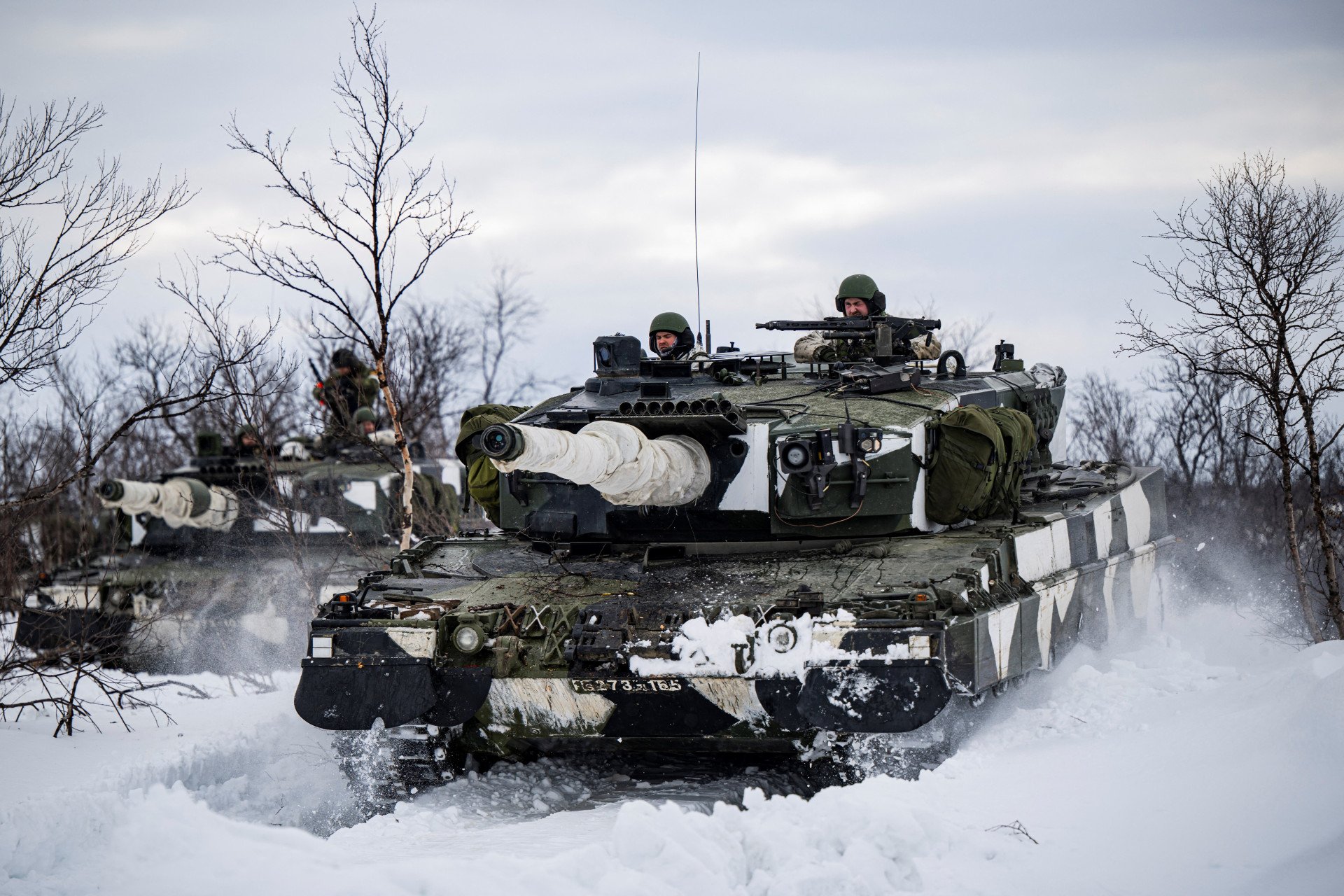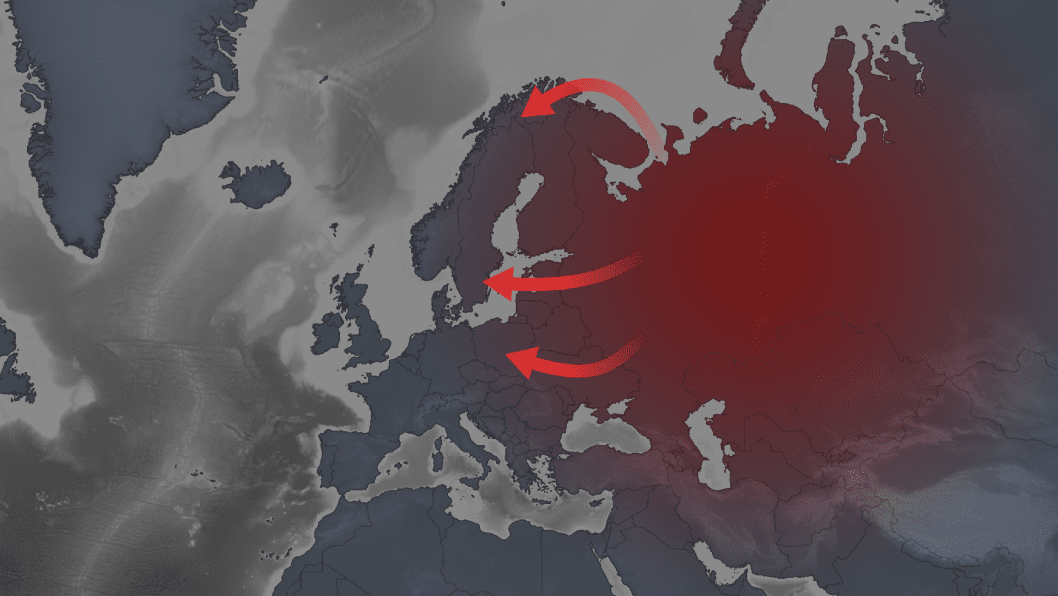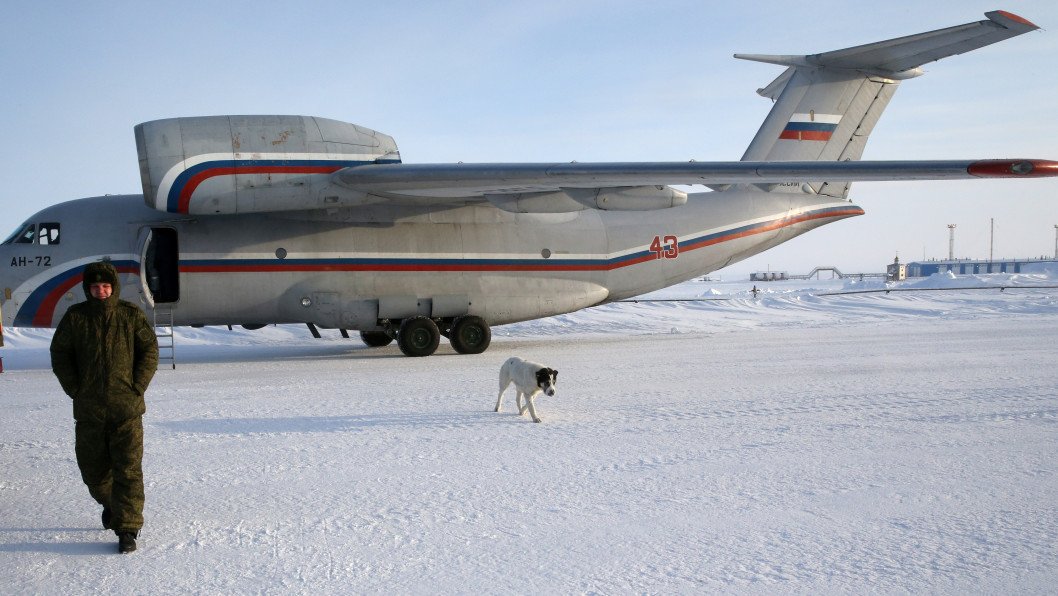- Category
- Latest news
NATO Troops Head to Arctic Finland as Russia Reactivates Soviet Bases

Finland has announced the deployment of NATO land forces on its soil, a landmark move that redefines Europe’s military map and pushes the alliance’s presence deeper into the Arctic.
Six NATO nations—including Sweden, the UK, France, Norway, Denmark, and Iceland—will contribute to the newly created Forward Land Forces (FLF) structure in Finland, Defense Minister Antti Häkkänen confirmed on June 25.
“I am very pleased that yesterday, in connection with the ministerial meeting, we were able to announce that Sweden, the United Kingdom, France, Norway, Denmark, and Iceland are set to join FLF Finland,” Häkkänen said, following a NATO defense summit in The Hague.
For the past year, we have been negotiating the participation of several NATO countries in the Forward Land Forces (FLF) to be established in Finland.
— Antti Häkkänen (@anttihakkanen) June 25, 2025
Cooperation between the Finnish Ministry of Defence and Swedish Minister of Defence Pål Jonson and his Ministry has worked… pic.twitter.com/AxG5qgWz6W
The announcement comes amid escalating concerns over Russian military activity near the 1,340-kilometer (832-mile) Finnish-Russian border.
Satellite imagery and intelligence reports have revealed that Russia is rearming and reactivating former Soviet bases in the region—developments viewed in Helsinki and Brussels as signs of a long-term military buildup.

From neutrality to forward defense
Finland’s decision to host NATO troops marks a historic break from its decades-long policy of neutrality. After Russia’s full-scale invasion of Ukraine in 2022, Finland joined NATO in 2023, followed closely by Sweden.
The FLF initiative reflects the rapid evolution of Finnish defense policy and its deeper integration with NATO's military structures.
Under the plan, Sweden will lead the establishment of the land forces command in Finland. While the precise troop numbers are yet to be finalized, the Finnish defense ministry has outlined plans to accommodate up to a brigade—roughly 5,000 troops—along with a substantial stockpile of military equipment, if the security environment further deteriorates.

The first allied units will begin arriving later this year and will be based in Rovaniemi and Sodankylä, both located above the Arctic Circle, Reuters reported on June 26.
These regions are strategically significant due to their proximity to Russia’s heavily militarized Murmansk region, which houses the Northern Fleet and key missile infrastructure.
In addition, NATO will establish a dedicated land command headquarters in Mikkeli, in southern Finland—just 200 kilometers (124 miles) from the Russian border—further enhancing the alliance’s ability to coordinate rapid responses and manage Arctic operations.
Arctic pivot and alliance cohesion
The deployment strengthens NATO’s northern flank at a time when the Arctic is becoming increasingly contested.
-0c0f9d0574b5dfd68b0310455ff5cee3.jpg)
Melting ice, new shipping lanes, and resource competition have turned the region into a new theater for great-power rivalry.
Norway and Denmark, with decades of experience in Arctic operations, will bring valuable logistical and terrain expertise. Iceland’s symbolic participation, despite lacking a standing military, underscores the unity of the alliance.
For Finland, this isn’t just about hosting troops—it’s about becoming a cornerstone of NATO’s forward defense posture. The move also bolsters security for the Baltic States and the critical Suwałki Gap, a narrow land corridor between Poland and Lithuania that is vital to NATO’s strategic planning.

“NATO is no longer just expanding on paper,” said one European defense official. “It is establishing real, forward-deployed deterrence.”
The development sends a clear message to Moscow: NATO is prepared not just to defend, but to do so from the front line. And Finland, once neutral, is now one of the frontmost defenders.
Earlier, five NATO members—Finland, Estonia, Latvia, Lithuania, and Poland—moved to exit the 1997 Ottawa Convention, with formal notifications to the United Nations due this month; the withdrawals will allow these states to manufacture, stockpile, and deploy anti-personnel mines from the end of 2025.


-45ed3be17a7bb74903649ed9258196f8.jpg)
-72b63a4e0c8c475ad81fe3eed3f63729.jpeg)



